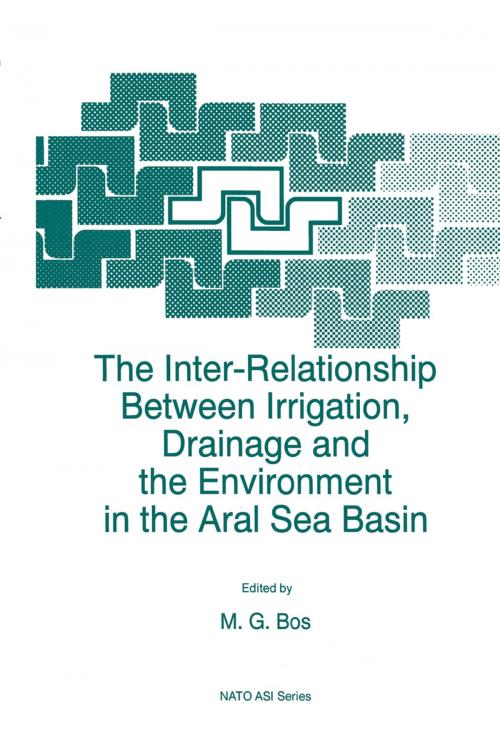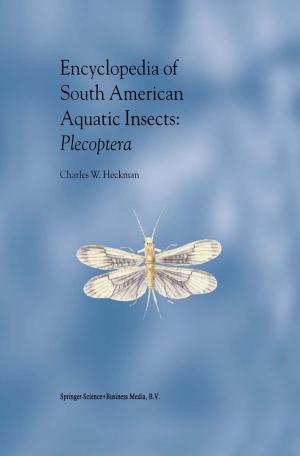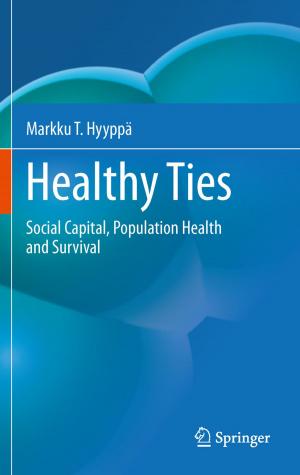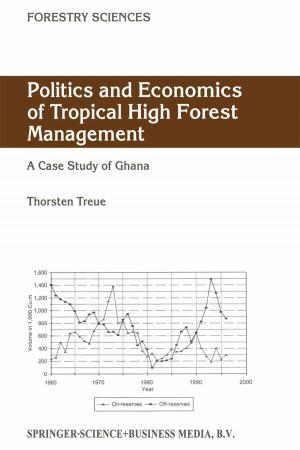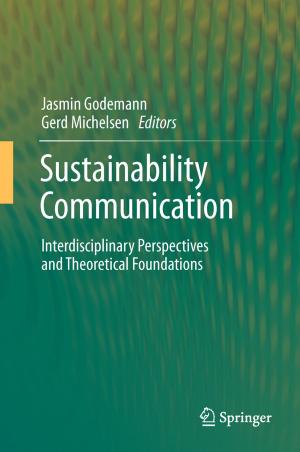The Inter-Relationship Between Irrigation, Drainage and the Environment in the Aral Sea Basin
Nonfiction, Science & Nature, Technology, Agriculture & Animal Husbandry, Science, Biological Sciences, Environmental Science| Author: | ISBN: | 9789400917705 | |
| Publisher: | Springer Netherlands | Publication: | December 6, 2012 |
| Imprint: | Springer | Language: | English |
| Author: | |
| ISBN: | 9789400917705 |
| Publisher: | Springer Netherlands |
| Publication: | December 6, 2012 |
| Imprint: | Springer |
| Language: | English |
The irrigated area in the Aral Sea basin totals about 7. 5 million hectare. Part of the water supplied to this area is consumed by the irrigated crop; the remainder of the supplied water drains to the groundwater basin, to downstream depressions, or back to the rivers. During its use, however, this drained part of the water accumulates salts and chemicals. The disposal of this polluted water causes a variety of (environmental) problems. If the percentage consumed water of the total water supply to an irrigated area (the so-called overall consumed ratio) can be increased, less water needs to be drained. This alleviates part of the related (environmental) problems. Further, if the overall consumed ratio for the above 7. 5 million hectare is improved, less water needs to be diverted from the rivers. Hence, more water can flow towards the Aral Sea. As mentioned above, part of the non-consumed irrigation water drains to the groundwater basin. Commonly, the natural discharge capacity of this basin is insufficient to handle this imported water. As a result, the groundwater table rises towards the land surface causing waterlogging. In (semi-)arid zones this waterlogging triggers a soil salinity problem resulting to a significant reduction in crop yields. The artificial increase of the discharge capacity, and lowering of the groundwater table, solves the soil salinity problem.
The irrigated area in the Aral Sea basin totals about 7. 5 million hectare. Part of the water supplied to this area is consumed by the irrigated crop; the remainder of the supplied water drains to the groundwater basin, to downstream depressions, or back to the rivers. During its use, however, this drained part of the water accumulates salts and chemicals. The disposal of this polluted water causes a variety of (environmental) problems. If the percentage consumed water of the total water supply to an irrigated area (the so-called overall consumed ratio) can be increased, less water needs to be drained. This alleviates part of the related (environmental) problems. Further, if the overall consumed ratio for the above 7. 5 million hectare is improved, less water needs to be diverted from the rivers. Hence, more water can flow towards the Aral Sea. As mentioned above, part of the non-consumed irrigation water drains to the groundwater basin. Commonly, the natural discharge capacity of this basin is insufficient to handle this imported water. As a result, the groundwater table rises towards the land surface causing waterlogging. In (semi-)arid zones this waterlogging triggers a soil salinity problem resulting to a significant reduction in crop yields. The artificial increase of the discharge capacity, and lowering of the groundwater table, solves the soil salinity problem.
